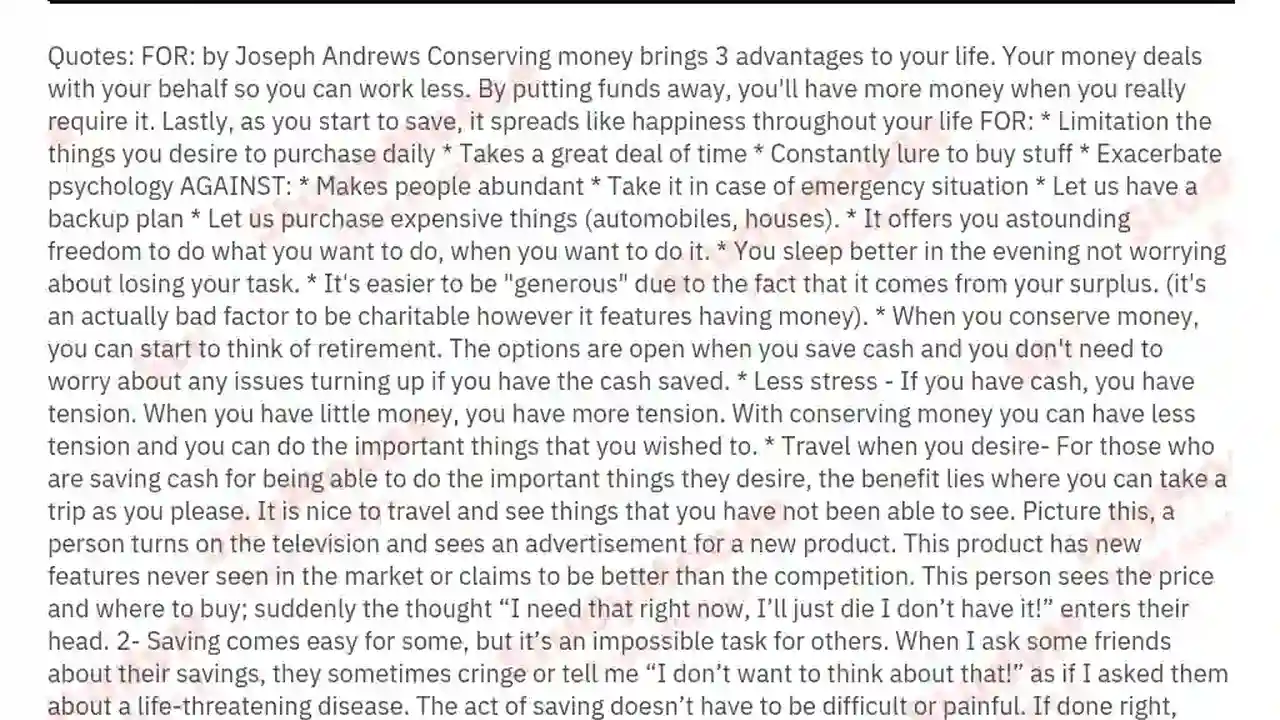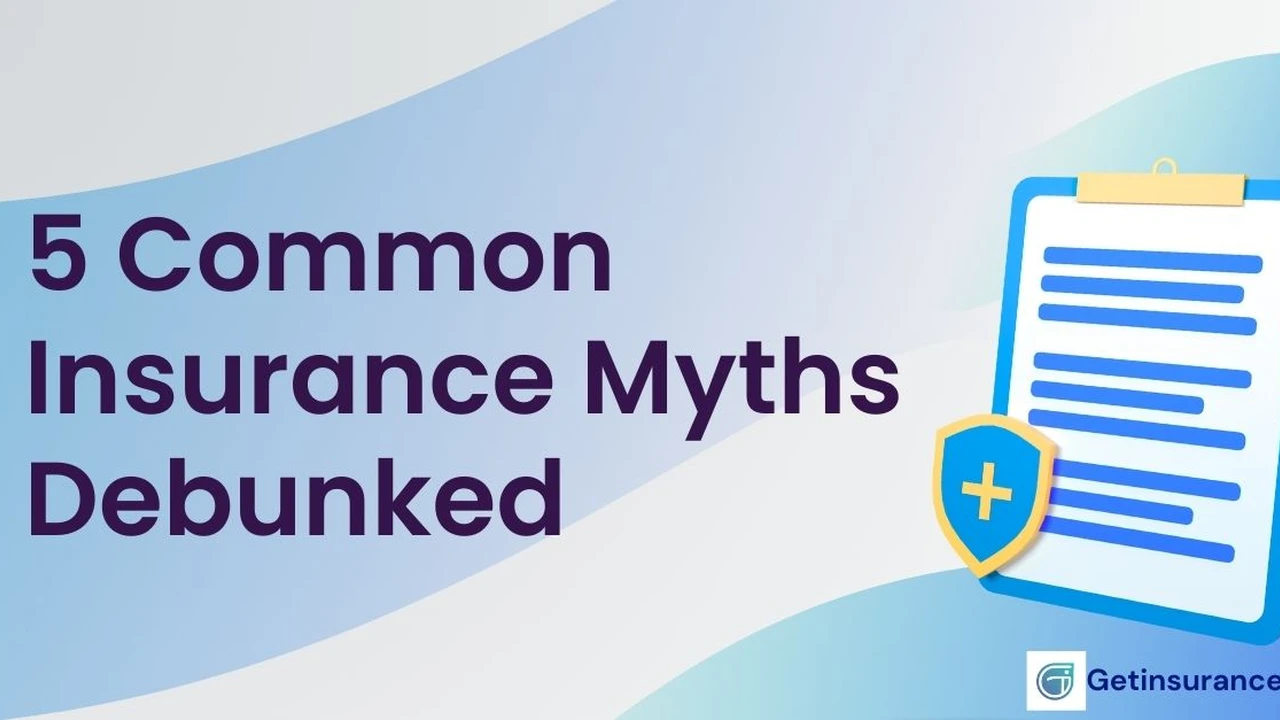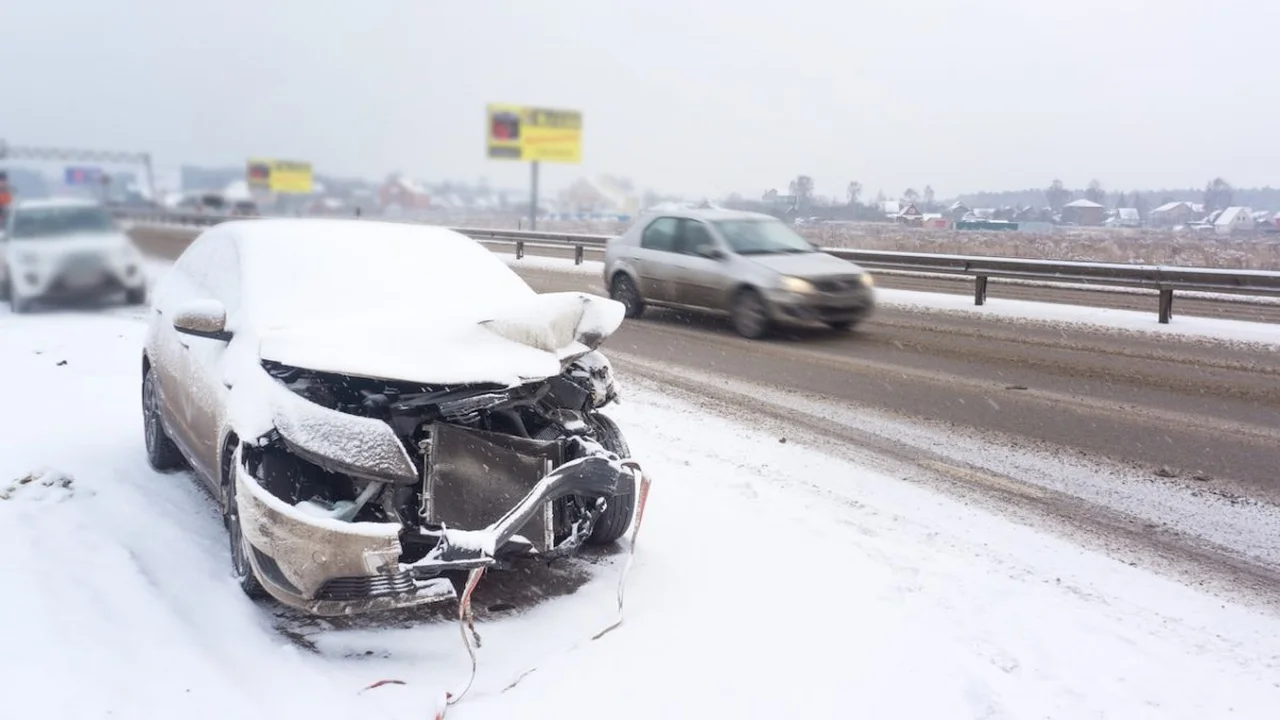Dropping Unnecessary Coverage: Saving Money Strategically

Understanding Teen Driver Insurance Costs and Coverage Options
Okay, so you're probably pulling your hair out trying to figure out how to afford car insurance for your teen driver. Trust me, you're not alone! It's like, suddenly your insurance bill doubles, right? Let's break down why teen driver insurance is so expensive and what kind of coverage you're actually paying for. Think about liability coverage – that's what pays if your teen causes an accident. Collision coverage? That's for damage to *your* car. And comprehensive? That covers stuff like hail, theft, or hitting a deer. We'll figure out what you *really* need and what you can probably ditch.
Evaluating Your Current Insurance Policy and Identifying Redundant Coverage
Time to play insurance detective! Grab your current policy and really read it. I know, it's boring, but trust me, it's worth it. Are you paying for medical payments coverage when you already have great health insurance? Are you paying for rental car reimbursement when you have another car available? Seriously, look for those little extras that you might not even need. This is where you can find some serious savings. Look for things like "uninsured motorist property damage" – do you really need that if you have collision coverage? Probably not!
Increasing Your Deductible A Practical Approach to Lower Premiums
Here's a simple trick: raise your deductible. Think of it like this: the deductible is what you pay out-of-pocket before your insurance kicks in. So, if you raise your deductible from $500 to $1000, you'll pay less each month for your premium. Just make sure you can *actually* afford that $1000 if something happens! It's a gamble, but it can be a smart one. Consider your financial situation and how comfortable you are with taking on a bit more risk.
Exploring Usage Based Insurance Programs for Teen Drivers
Okay, this is where things get cool. Have you heard of usage-based insurance? Basically, you let the insurance company track your teen's driving habits – things like how hard they brake, how fast they drive, and what time of day they're on the road. If they're good drivers, you get a discount! It's like a reward for responsible driving. Companies like Progressive (Snapshot) and State Farm (Drive Safe & Save) offer these programs. They usually involve plugging a device into your car or using a mobile app. The downside? If your teen drives like a maniac, your rates could actually *go up*! But for responsible teens, it can be a lifesaver.
Comparing Telematics Devices Progressive Snapshot vs State Farm Drive Safe and Save
Let's dive into the specifics of two popular telematics programs: Progressive Snapshot and State Farm Drive Safe & Save. Progressive Snapshot primarily focuses on mileage, hard braking, and time of day. They offer an initial discount just for signing up and then adjust your rates based on your driving habits. State Farm Drive Safe & Save also considers mileage, hard braking, and time of day, but they also factor in acceleration. Both programs offer potential discounts, but they also come with the risk of increased rates if driving habits aren't ideal. Progressive's device is a small plug-in, while State Farm often uses a mobile app. Consider your teen's driving style and which factors are most likely to influence their score. Snapshot is generally seen as more forgiving, while Drive Safe & Save might offer larger potential discounts for consistently safe driving.
Considering a Vehicle with Enhanced Safety Features and Lower Insurance Costs
Did you know that some cars are just cheaper to insure than others? It's true! Cars with lots of safety features, like anti-lock brakes, electronic stability control, and side airbags, tend to be less expensive to insure because they're less likely to be involved in serious accidents. Also, avoid sporty cars! Insurance companies see those as high-risk because, well, teenagers tend to drive them like they're on a racetrack. Think about a safe, reliable sedan or SUV. Do your research before you buy! Sites like the Insurance Institute for Highway Safety (IIHS) and the National Highway Traffic Safety Administration (NHTSA) have tons of information on vehicle safety ratings.
Exploring Discounts and Bundling Options for Teen Driver Insurance
Okay, time for some discount hunting! Does your teen have good grades? Many insurance companies offer "good student" discounts. Are you a member of any organizations, like AAA or a credit union? They might offer discounts too. And definitely look into bundling your insurance – if you have your home and auto insurance with the same company, you'll usually get a discount. It's like a two-for-one deal! Don't be afraid to ask your insurance agent about every possible discount. They might know about some you haven't even thought of.
Reviewing and Adjusting Coverage Limits Regularly
Don't just set it and forget it! Review your insurance policy at least once a year, or even more often if your circumstances change. Did your teen get a new job? Are they driving more or less? Did you pay off your car? All of these things can affect your insurance needs. And don't be afraid to shop around! Insurance rates change all the time, so it's a good idea to get quotes from multiple companies to make sure you're getting the best deal.
Shopping Around and Comparing Quotes from Multiple Insurance Providers
Seriously, don't just stick with the first insurance company you find. Get quotes from at least three or four different providers. Online comparison tools can make this easy – sites like NerdWallet and The Zebra let you compare quotes side-by-side. Just be sure to enter accurate information so you get an accurate quote. And remember, the cheapest option isn't always the best. Consider the company's reputation, customer service, and coverage options. Sometimes it's worth paying a little more for peace of mind.
Considering a Higher Liability Coverage Limit for Added Protection
While we're talking about saving money, it's important to think about protecting yourself too. Liability coverage protects you if your teen causes an accident and injures someone else. If your liability limits are too low, you could be personally liable for damages that exceed your coverage. Think about it: medical bills and lawsuits can be incredibly expensive. It might be worth paying a little more for higher liability coverage to protect your assets. Talk to your insurance agent about your options and how much coverage you really need.
Specific Product Recommendations for Teen Driver Safety and Monitoring
Okay, so you want some specific product recommendations? Here are a few ideas:
- Automatic Pro: This is a small device that plugs into your car's OBD-II port and tracks things like driving habits, fuel efficiency, and engine diagnostics. It can also send crash alerts to emergency services. It costs around $100. Use it to monitor your teen's driving habits and identify areas for improvement.
- Hum by Verizon: This device offers similar features to Automatic Pro, but it also includes roadside assistance and vehicle diagnostics. It costs around $15 per month. Use it for added peace of mind knowing your teen has access to help if they break down.
- DriveSense by Zubie: Another OBD-II device that tracks driving behavior and provides insights into fuel efficiency. It costs around $99 per year. It integrates with IFTTT, allowing you to create custom alerts and automations.
When choosing a product, consider the features you need, the cost, and the ease of use. Read reviews and compare different options before making a decision.
Negotiating with Your Insurance Agent and Exploring All Available Options
Don't be afraid to negotiate! Your insurance agent is there to help you find the best coverage at the best price. Ask them about all available discounts and payment options. Explain your situation and see if they can offer any suggestions. Sometimes just asking nicely can get you a better deal! And remember, you're not obligated to stay with your current insurance company. If you're not happy with their rates or service, shop around and find a better option.
:max_bytes(150000):strip_icc()/277019-baked-pork-chops-with-cream-of-mushroom-soup-DDMFS-beauty-4x3-BG-7505-5762b731cf30447d9cbbbbbf387beafa.jpg)






